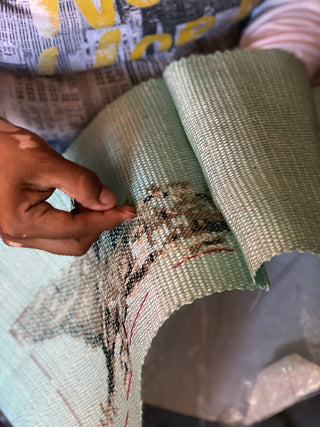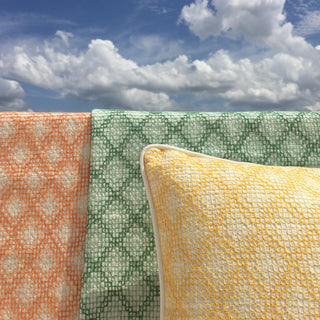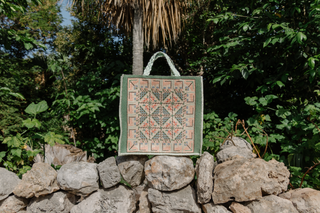
Bordado

cross stitch
Embroidery is the most widespread handicraft in Yucatan, as well as the most important traditional activity in the region, thanks in large part to women from rural communities who practice it. Techniques are widely varied, as there are at least 20 types of stitches; in addition to cross stitching, the best known include colorful names that translate into “mouse rib stitch,” “dog tooth stitch” and “shadow stitch,” as well as basting and Xmanicté, which are in danger of disappearing.
Recognized as a Cultural Heritage of Yucatan, embroidery goes back to pre-Hispanic and colonial times. Carbonized textile remains found in the Chichen Itza cenote feature a stitching style called Chui-Kab, which is still in practice in some regions of the state.
Cross stitching, known in Yucatan as "hilo contado" (counted thread) due to the translation of the Mayan Xok bi Chuy, was popularized throughout the region with the arrival of the Spaniards. It is believed that Maya women who worked
in Spanish homes imitated the embroidery they saw and incorporated it into their traditional dresses, called hipiles. Over time, this technique has been enriched to the point of creating outstanding pieces renowned for their quality and mastery, such as traditional mestiza ternos.

Xmanicte
Xmanicte or Manic Ben is an endemic stitch: it has no name in Spanish and has not been found anywhere else in Mexico or the world. According to professional artisans, it's a complicated, hard-to-learn technique. Its stitches are endless and resemble a snake slithering across the linen or cotton canvas. There are legends about its process, which say that girls need to touch a snake and sing its song as they embroider.

Embroidered history
Art in Motion
This beautiful handmade bag pays homage to our history. The design is from a tile from the early 20th century.
Letting History guide us
The amazing stream of inspiration provided by the rich history of the Yucatan peninsula is beyond our wildest dreams...


